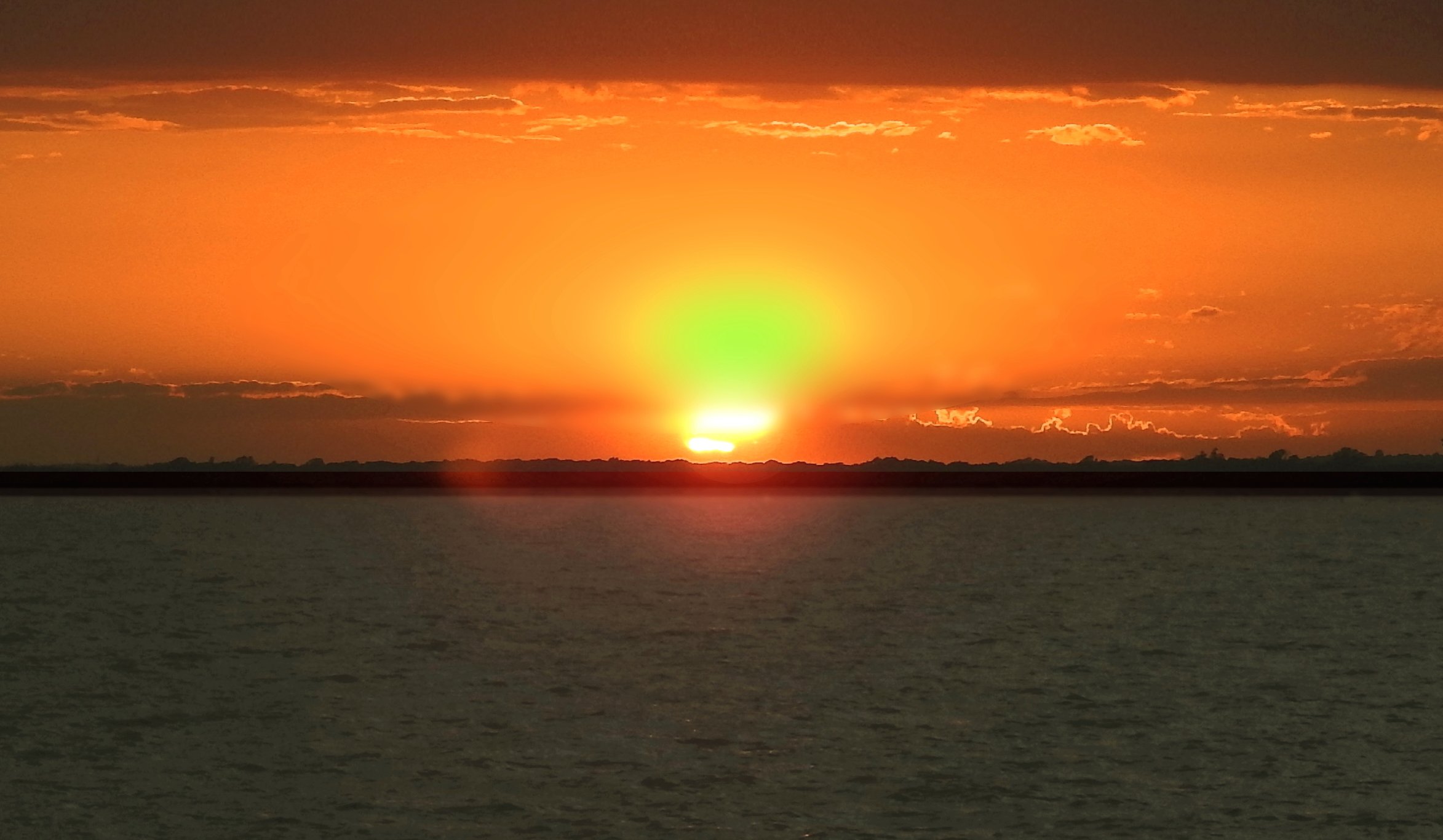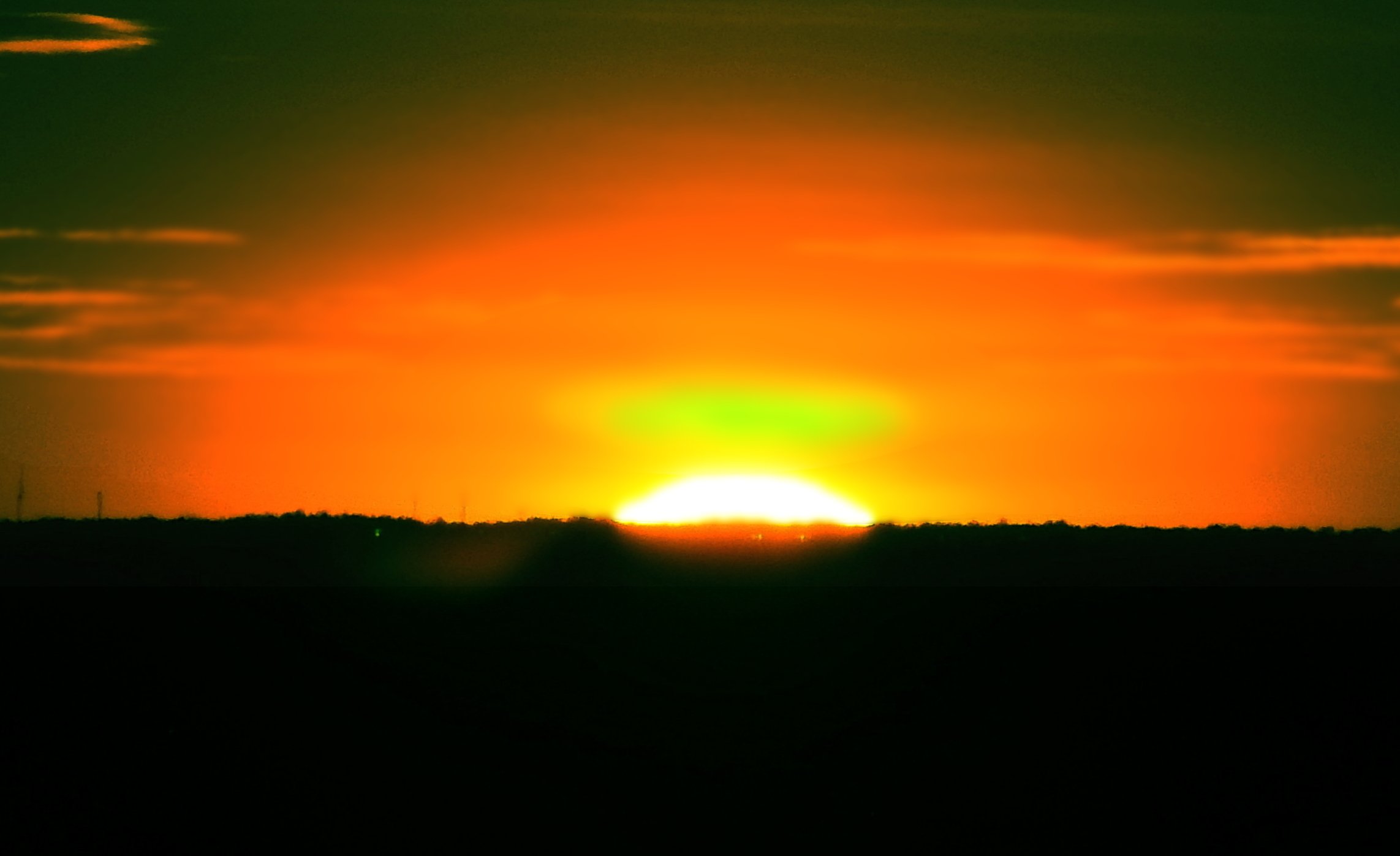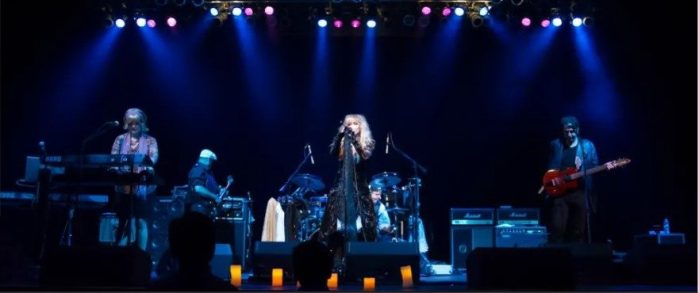
I first encountered the green flash in 1977 while visiting Ansel Adams in Carmel, California. As sunset approached, he urged us to join him at the window of his home overlooking the Pacific. At first, I thought he was joking, I’d never heard of such a thing. But sure enough, as the sun’s disk started to disappear below the horizon a bright green spot of light flashed just above it. He told us he looks for it nearly every day but it only appears a few times a year.
I was intrigued, so from that moment to now I’ve attempted to capture it. But it’s so darn rare and so difficult to photograph that in all these years I’ve managed to catch it clearly just twice from Fire Island, both of which I offer here.
The green flash happens because the earth’s atmosphere causes sunlight to separate into a spectrum of colors much like a prism. As the sun descends below the horizon the changing angle causes that rainbow of colors to sweep past the viewer. The blue part of the spectrum is scattered by the air and the red is lost in the overall redness of the sunset, leaving only green to reach the eye.
It’s possible to see the green flash from any place on Earth, but the phenomenon is strongest at higher latitudes where the greater angle of the sun causes the light to pass through more of the atmosphere. Your best chance of seeing it from Fire Island is over Great South Bay in mid-summer on a very clear day. It happens quickly, lasting only one to two seconds, and often even briefer than that.
Never stare directly into the sun, of course. Wait until it’s very low in the sky and dim enough to look at comfortably. Check the sun’s position by very briefly glancing at it and then looking away. If you hold your hand out at arm’s length, then a good rule of thumb is that for each finger-width the sun is above the horizon it’s about four minutes until sunset.
You want your eyes to be as sensitive as possible so avoid sunlight saturating your retina until the bottom of the suns disk is about to touch the horizon. And because the flash is not as bright as the sun itself, sunglasses will make it even more difficult to see. It’s a good idea to wear them up to the event but take them off just before actual sunset.
Other important factors influence the visibility of the green flash, not the least of which is having very clear air with strong thermal layering so there’s a superior mirage effect. That will spread the flash out making it appear bigger and much easier to see. An approaching cold front increases the layering and reduces humidity by clearing the air just above the waters of Great South Bay. That can help a lot.

The term flash is a bit misleading. It’s not rapid like a strobe light or a flash bulb that lasts only a thousandth of a second. Rather, it intensifies as a pulse lasting a couple of heartbeats. And it’s not always richly green. Sometimes it can appear more yellowish – it’s essentially the same phenomena but not nearly as remarkable because pretty much everything at sunset is saturated by red and yellow tones.
If you want to photograph the green flash, you’ll need a camera with a moderately powerful telephoto lens to zoom in tight to the sun; most smart phones don’t offer enough magnification to do the job properly. It helps a lot to have a tripod and a shutter cable release. Align the camera and set the lens magnification similar to what you see in my pictures. Then stand next to the tripod watch the setting sun with the unaided eye. At the very instant you see the green flash starting press the cable release button. A 300mm lens (35mm equivalent) is about right. Both images shown here were taken at six to eight times magnification.






















